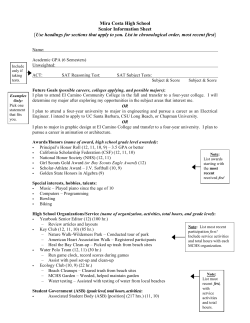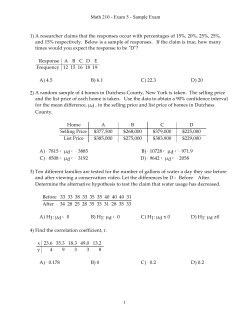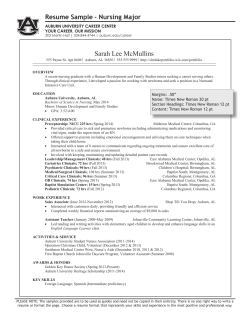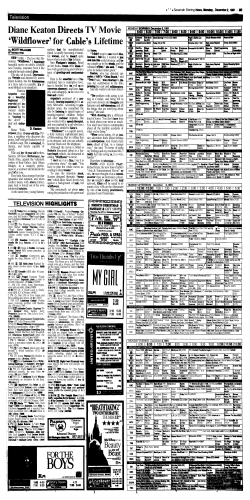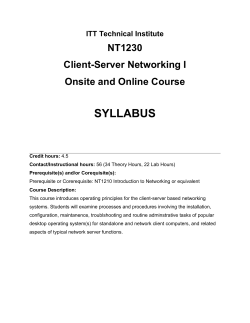
Appliance Typical Wattage kWh/Month Estimated Usage
Other Personal Entertainment Office Space Conditioning Laundry Kitchen WATT FINDERS GUIDE Appliance Typical Wattage kWh/Month Estimated Usage Refrigerator/freezer (16 cu. Ft., frost free) 725 130 24 hrs/day Range Top 1600 (small burner)-2500 (large burner) 35 40 mins/day Oven 4000 20 3 times/week; 1 hour/time Microwave Oven 750-1100 12 15 mins/day Crock Pot 150 1.3 1 use/week on high; 8 hr cycling Disposal 400 1 2 mins/day; 30 secs/use Dishwasher (drying feature adds significantly to usage) 1200-2400 10 4 uses/week Freezer (New) 335 60 24 hrs/day Coffee Maker (Auto Drip; brew and keep warm) 350 11 1 hr/day Toaster Oven 1225 3 3 times/week; 10 mins/use Toaster 800-1400 1.5 10 times/week; 2 mins/use Clothes Washer (does not include hot water) 665 12 8 times/week; 45 min cycles Clothes Dryer (Electric) 5500 83 6 times/week; 45 min cycles Iron 1100 6.5 4 times/week; 30 mins/use Portable/Space Heater (cycling 50%) 1500 116 3 times/week; 12 hrs/use Ceiling Fan (energy-efficient; on high; lights off) 65 22 12 hrs/day Ceiling Fan (energy-efficient; on low; lights off) 8 3 12 hrs/day Humidifier (on furnace; used in Winter) 25 18 24 hrs/day; always on Dehumidifier (high humidity; used in Summer) 400 288 24 hrs/day Fan, Furnace (1/2 HP; always on) 500 360 24 hrs/day Fan, box (20”) 180 64 12 hrs/day Desktop Computer (All on; not in sleep mode) 150 105 24 hrs/day Monitor (17” LCD) 35 (varies) 4 4 hrs/day Laptop Computer 15 (varies) 2 4 hrs/day Tablet Device (Charge) 25-42 (varies by device) 2.5 2 hrs/day Fax Machine (energy efficient; always on) 10 7 24 hrs/day Television (32” LCD) 150 15 3 hrs/day Television (Plasma) 350 32 3 hrs/day Hot Tub Heater, Electric (Heating Only When Used) 5500 142 3 uses/week; 2 hrs/use DVD 25 1 6 uses/week; 2 hrs/use Gaming System (PlayStation) 50 3 2 hrs/day Gaming System (X-box 360) 160 10 2 hrs/day Radio (Small desk-type radio) 15 3 6 hrs/day Phone Charger/Answering Machine (always on) 6 4.5 24 hrs/day Treadmill (2HP) 1500 16 5 times/week; 30 mins/each Nebulizer (Average Size; Medical Use) 100 1.5 30 mins/use Garage Door (1/2 HP, with light) 500 .75 6 cycles/day; 2 mins/use Water Heater, Electric (usage based on family of four) 4500 260 24 hrs/day; cycles on 8% Vacuum Cleaner 740 1.5 1 use/week; 30 mins/use Smoke Detector (always on) 2 1.5 24 hrs/day Sewing Machine 120 1 3 times/week; 60 mins/each Blanket, Electric 150 18 8 hrs/day; 50% cycle time Battery Recharger for Cordless Appliances 6 (Varies) 4.5 24 hrs/day Lighting (Indoors; average-sized home) Various 140 5 hrs/day Information from Energy.gov For more information and to find out how you can save energy in your home, visit lge-ku.com/savingenergy Our energies go to serving you. ENERGY USE AND HOW IT AFFECTS YOUR BILL. Your electric bill is a personal statement about your energy use. No two families’ bills are alike because it’s what you use that affects your bill, and your bill is seldom the same from billing cycle to billing cycle. HOW IS ENERGY MEASURED? Your bill is based in large part on how many kilowatt hours you use in a month. What’s a kilowatt hour? A watt is a unit of electric power. And 1,000 watts is equal to one kilowatt. A kilowatt hour (kWh) is 1,000 watts of electricity used for one hour. The electricity you use is measured in kilowatt hours by your electric meter. Find your rate by looking at your last LG&E bill or by visiting our website at lge-ku.com/regulatory. (For residential customers, the current rate is $0.07439 per kilowatt hour.) FACTORS THAT AFFECT YOUR BILL Meter read date. Meter reading periods for a monthly bill may vary between 28 and 33 days. The meter reading date for your current bill and the date range for your next meter reading are printed right on your monthly bill. Weather. In the summer, air conditioners tend to increase energy use. Families also wear more washable clothes so they do more laundry, and refrigerators work harder. In the winter, water heaters work harder, furnace motors and controls work long and hard, and fireplaces without tightly fitting dampers or glass fire doors can actually increase energy use by drawing heated air up and out the chimney. Children. An infant or young child in your home could mean more laundry, and your teenager can really overload your electric bill because they tend to use more electronic equipment. To see how your lifestyle translates into kilowatt hours or dollars and cents, fill out this Home Use Chart. Use the chart of listed appliances on the back of this sheet or our Cost of Operation Guide below to determine your kilowatt hour use per month. How to Figure the Cost of Operation Example: TV, rated at 200 watts Step 1: Convert watts to kilowatts by moving the decimal point three places to the left. 0.200 kW Step 2: Multiply kilowatts by average hours used each day. x 6 hours Step 3: Multiply kilowatt hours by days in the month. Step 4: Multiply kWh/month by your rate to find the approximate cost of operation for one month. x 0.07439 Your approximate cost to operate. $2.68 1.2 kWh 36 kWh/month SOME OF THE BIGGEST ENERGY USERS ARE APPLIANCES. Appliances you have in your home and the way they are used are a big part of your energy usage each month. But we have a way for you to put a check on your usage with our easy Watt Finders Guide. You’ll find our Watt Finder’s Guide on the other side of this flier. x 30 days Calculate Your Home’s Usage Appliance kWh/Month Cost/Month $ $ To find out how an appliance may affect your electric bill, check the wattage of the appliance. A chart of average wattages and estimated kilowatt hours used per month by common appliances is listed on the back. To get a more accurate estimate of the energy usage of an appliance, find the exact wattage. This is usually listed on a metal plate or imprinted on the appliance. If wattage is not listed, use the equation, Volts x Amps = Watts. Then use our Cost of Operation Guide to figure the approximate cost of operation for one month. $ $ $ $ $ $ $ Total $
© Copyright 2026

